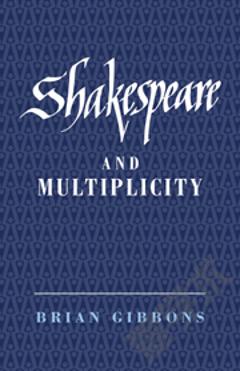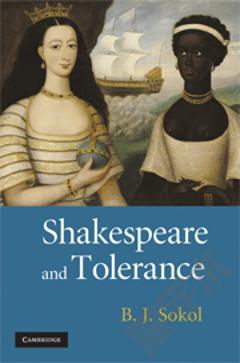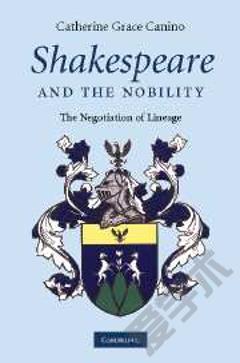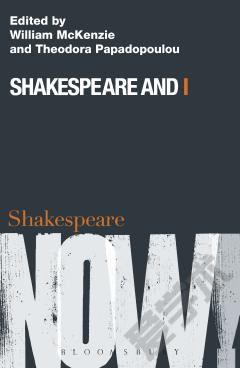Shakespeare and Multiplicity
Brian Gibbons presents the idea of multiplicity as a way of understanding the form and style of Shakespeare's plays: composed of many different codes, woven together in a unique pattern for each play, rather than variations on fixed notions of comedy or tragedy. Selecting from different phases of Shakespeare's career, the book's method is comparison, using an imaginative range of texts and new approaches; there is also lively discussion of modern staging. Comparison with major works by Spenser, Sidney and Marlowe is complemented by a demonstration of Shakespeare's re-use of his own previous plays and poems. Far from reducing the plays to a formula, Brian Gibbons shows how criticism articulates what popular audiences have always known, that the plays' sheer abundance and variety is their strength. This 1993 book is scholarly, yet straightforward, on an issue of central interest.
{{comment.content}}








 京公网安备 11010802027623号
京公网安备 11010802027623号